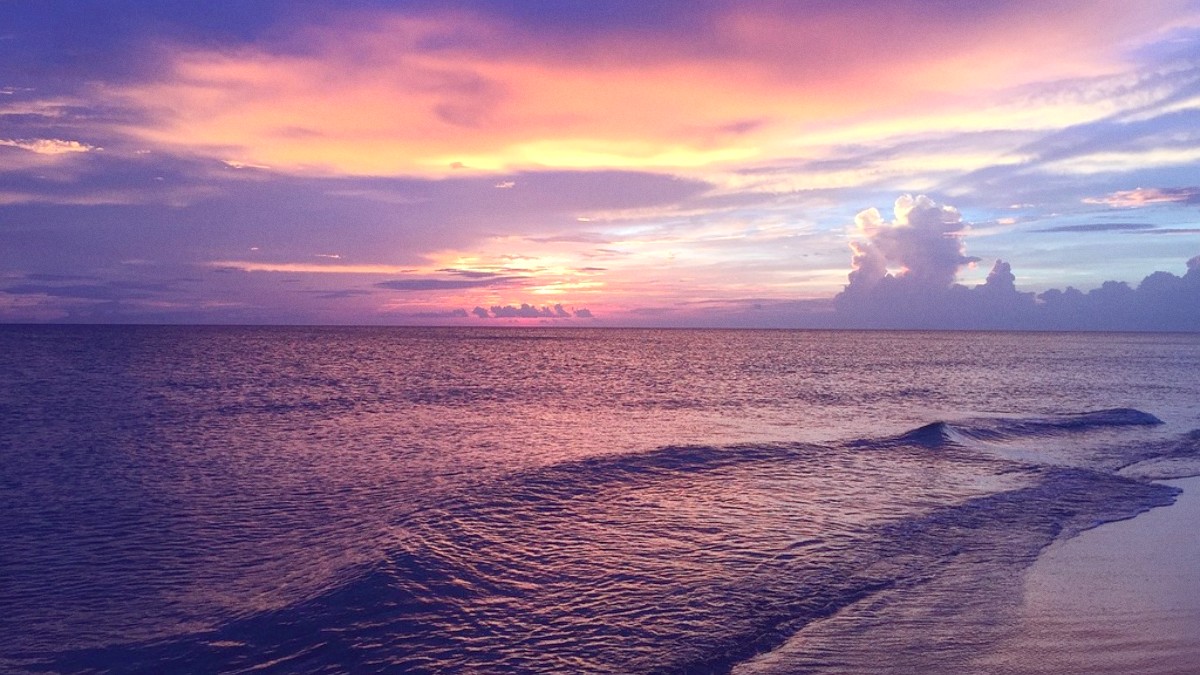
Eastern Puerto Rico, Puerto Rico
Flamenco Beach (Playa Flamenco) is the crown jewel of Culebra. It is renowned for its strikingly soft, pure white sand and crystal-clear turquoise waters. The beach forms a perfect crescent bay, protected by reefs, which keeps the waters calm and ideal for swimming.
Flamenco Beach is famous for the two abandoned U.S. Marine Corps tanks that rest on its western end. These rusted, graffiti-covered relics are remnants of the island's past as an U.S. Navy training ground, creating an unique, surreal backdrop to the natural beauty. They serve as an informal monument and a popular photo opportunity.
Be mindful of your personal belongings on the beach, especially during crowded times.
A glimpse into Culebra's history, covering indigenous Taino past, Spanish colonial period, and U.S. Navy training ground role.
Features artifacts, photographs, and documents narrating the island's development and community efforts to reclaim land.
Opening hours can be sporadic; check locally or call in advance. A modest but informative insight.
Located near the ferry terminal in Dewey.
Offers insight into the community's fight against bombing exercises.
Culebra’s history is subtle, woven into its landscapes and visible in a few locations.
No prominent archaeological sites open to the public exist on Culebra.
Dewey has older structures and a charming feel, but it is not a formally designated historical district.
Parroquia Nuestra Señora del Carmen is the main Catholic church in Dewey. Visitors are welcome to attend services.
The abandoned U.S. Marine Corps tanks serve as an unique, informal monument to the island's military past.
The tanks symbolize Culebra’s resilience and the protests that stopped bombing exercises.
They are a powerful symbol of nature reclaiming its space and a reminder of Culebra's unique history.
The Museo Histórico de Culebra contains documents and photographs that narrate the island's journey.
Dewey's charming, unpretentious houses and older structures reflect its authentic small-town Caribbean atmosphere.
Parroquia Nuestra Señora del Carmen serves as a central part of local life and community gatherings.
Culebra excels in its natural beauty, with diverse landscapes and pristine environments, largely protected as a wildlife refuge.
Established in 1909, this refuge encompasses a significant portion of Culebra and its surrounding cays.
Discover panoramic views and unique island formations.
The island's protected waters and lands are home to diverse marine and avian species.
Culebra is famous for its pristine beaches and calm, protected waters.
Ensenada Honda is where Dewey is located. Both Ensenada Honda and Dakity are great for boating, kayaking, and paddleboarding in calm, protected waters.
For booking tours and tickets to attractions, consider using platforms like GetYourGuide.
Explore the calm waters of Ensenada Honda and Dakity by boat, kayak, or paddleboard.
Consider private boat charters for secluded cays and pristine snorkeling spots.
Hike Mount Resaca for panoramic island views, a rewarding experience for trekkers.
World-famous for its white sands and clear waters, ideal for swimming and iconic tank photos.
Excellent for snorkeling, often spotting sea turtles and rays in its calm waters.
Adjacent to Flamenco, accessible via a short, well-marked trail, with very calm waters.
A quieter, less crowded beach on the eastern side, good for swimming and relaxation.
Close to Dewey, popular for sunsets and relatively calm waters suitable for snorkeling.
Culebra’s marine environment is protected and full of life.
Culebra is a significant nesting site for seabirds, offering excellent birdwatching opportunities.
Access to some sensitive areas within the Culebra National Wildlife Refuge may be restricted, especially during nesting seasons, to protect wildlife.
Always maintain a respectful distance from wildlife and avoid disturbing their natural habitats.
Culebra offers striking backdrops for memorable photographs, blending natural beauty with unique historical elements.
Capture the iconic abandoned U.S. Marine Corps tanks against the stunning white sand and turquoise waters.
Photograph the historic lighthouse and its breathtaking panoramic island and ocean views from its summit.
Sunsets over the western beaches, like Melones Beach or Tamarindo, offer stunning golden hour photo opportunities.
Capture the vivid colors of the local houses and boats in Dewey for a comprehensive photo collection.
Find hidden coves and less-visited beaches for undisturbed natural beauty shots.
The clear waters and reefs are perfect for underwater photos of marine life and corals.
Capture sea turtles, various bird species, and diverse fish in their natural habitats.
Focus on the unique geological features, rugged cliffs, and untouched forest ecosystems.
While natural beauty is main, Culebra’s culture can be observed in its everyday life.
The island's past as an U.S. Navy training ground has left subtle marks on its landscape and story.
Plan your transport in advance, especially for less accessible beaches. Golf carts are common.
Bring plenty of water, sunscreen, and insect repellent for outdoor explorations.
Beyond the well-known spots, Culebra holds several less-explored treasures for the adventurous traveler.
Seek out secluded spots for a more tranquil experience.
Explore spots often frequented only by island residents.
Discover the diverse natural landscapes, from coral reefs to rugged cliffs.
These environments provide critical habitats for many species.
Culebra's geological composition shapes its dramatic coastal scenery.
These features contribute to the island's wild and untamed beauty.
Explore areas away from the main tourist paths for a different view of the island.
These areas provide true wilderness experiences for the adventurous.
Access to some sensitive areas within the refuge may be restricted, especially during nesting seasons.
Always maintain a respectful distance from wildlife and avoid disturbing their natural habitats.
The refuge protects habitats, including coral reefs, mangrove forests, and dry forest ecosystems.